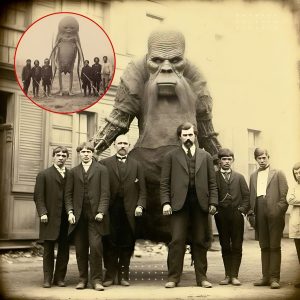Refined Power: The LANZ Bulldog 1942 in History
In the annals of agricultural machinery, the LANZ Bulldog 1942 stands as a symbol of engineering excellence and rugged durability. This iconic tractor, produced during a tumultuous period of history, represents a key milestone in the evolution of farming technology. In this article, we delve into the historical significance, technological advancements, and enduring legacy of the LANZ Bulldog 1942.

The LANZ Bulldog series, originating in Germany, became renowned for its innovative design and robust performance. By 1942, amidst World War II’s chaos, the LANZ Bulldog continued to exemplify the high standards of German engineering. Designed to withstand harsh conditions, the 1942 model was built with a focus on reliability and efficiency, crucial for wartime and post-war agricultural needs.
The LANZ Bulldog 1942 featured several advancements that distinguished it from its predecessors. Powered by a single-cylinder, four-stroke engine, it provided exceptional torque and durability. Its unique design incorporated a semi-diesel engine, which was revolutionary for its time. This engine type not only improved fuel efficiency but also ensured consistent performance under demanding conditions.
One of the standout features of the LANZ Bulldog 1942 was its planetary gearbox, which allowed for smooth and precise shifting. This innovation enhanced the tractor’s versatility, making it suitable for a variety of agricultural tasks. The robust build quality and heavy-duty components ensured that the LANZ Bulldog could handle tough terrains and heavy workloads, earning it a reputation for reliability.

The LANZ Bulldog 1942 was equipped with several technological innovations that contributed to its success. Its advanced cooling system, designed to maintain optimal engine temperature, was crucial for maintaining performance during prolonged use. Additionally, the tractor’s hydraulic system facilitated efficient attachment of various implements, enhancing its functionality and productivity on the farm.
Another notable feature was its distinctive “bulldog” design, which not only provided aesthetic appeal but also contributed to the tractor’s durability. The sturdy frame and reinforced components were designed to withstand the rigors of both wartime and peacetime agricultural activities.
Despite being over 80 years old, the LANZ Bulldog 1942 continues to be celebrated among vintage tractor enthusiasts and collectors. Its robust design and historical significance make it a prized possession for those interested in the evolution of agricultural machinery. Many of these tractors are still operational today, a testament to their exceptional build quality and enduring appeal.

The LANZ Bulldog 1942’s legacy extends beyond its mechanical achievements. It represents a period of resilience and innovation, demonstrating how technological advancements can drive progress even in the most challenging times. As we look back on this remarkable piece of history, the LANZ Bulldog 1942 serves as a reminder of the ingenuity and determination that shaped the agricultural industry.
The LANZ Bulldog 1942 is more than just a tractor; it is a symbol of refined power and engineering prowess. Its place in history is a testament to the innovative spirit that continues to inspire advancements in agricultural technology. As we reflect on its contributions and legacy, the LANZ Bulldog 1942 remains a shining example of how excellence in engineering can withstand the test of time.
This article incorporates relevant keywords related to the LANZ Bulldog 1942 and its historical context, ensuring it is optimized for search engines.





